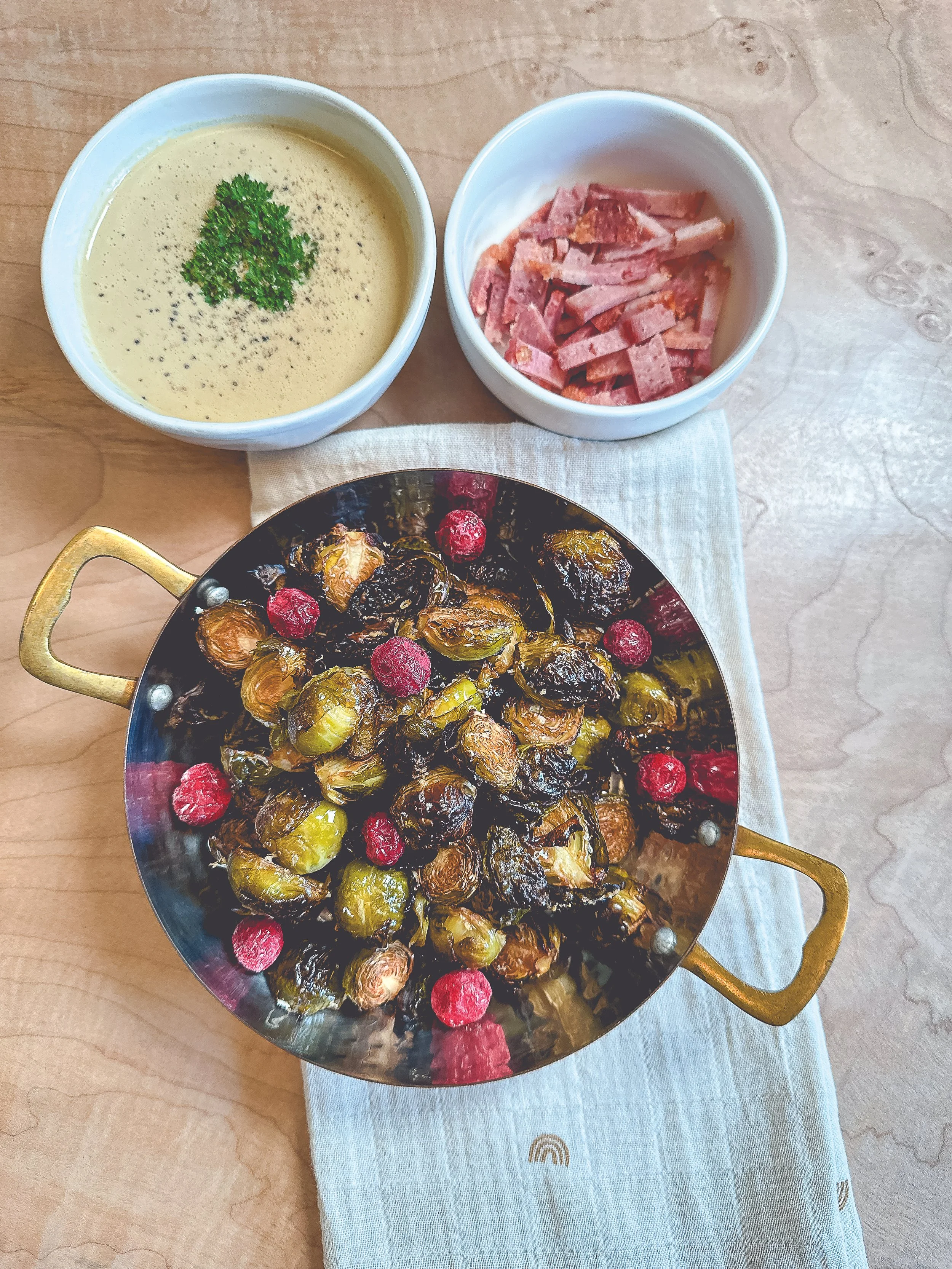13 tips for better food photography
One of our hard earned favourite food images from HABIT Cookbook.
Probably the most difficult things about making HABIT was capturing beautiful photos of food. It is really hard. It often took three or four attempts to capture one book-worthy image. The process taught us a lot about food photography and, just as importantly, food styling.
The two feed each other. Beautiful food looks better on your socials and tastes better, too. And not just because of the delayed gratification of capturing the meal before digging in.
Psychologists at the University of Oxford once ran a study where they fed diners three salads with identical ingredients. One was tossed, another was arranged neatly and a third was organized to resemble a famous piece of artwork. The edible art rated highest in every category. Diners “liked” the salad best, were willing to pay the most for it and it was rated the tastiest by a 18 percent margin.
Chefs know presentation counts. Now you do too. So before you attempt to wow your guests or to share your dinner with your followers, consider implementing some of our hard earned tips. Your eyes and mouth will thank you.
Styling
A decorative flower adds a lot of flavour, even if you don’t eat it.
Resist the urge to blend and mash. Individual ingredients add texture and interest.
Add pops of colour to bland or monochrome looking food with some berries, flowers or peels.
Create depth and contrast with layering. Stack ingredients. Pile plates and napkins.
The eye loves threes. Instead of photographing one plate, stage three.
Photography
Colour, contrast, layering, threes, this images nails several rules.
Food always looks best in natural light. Take it over to a window.
In dark settings, turn off your flash and use a tripod. If you don’t have one, use a friend: have them shine the light on their phone to light the food.
The rule of thirds is nearly universal. Divide your image into three columns vertically and horizontally. Avoid put the subject in the centre.
Busy background? Get rid of distractions by using a portrait setting that blurs the background.
Fill the frame with food.
Focus on the most interesting part of the food. Think: interior of a sliced layer cake, red meat in a medium rare steak, a juicy strawberry on top of a salad.
Capture the action. Create interest by waiting for the ice cream to start melting and getting the drip, taking a chunk out of lasagna and placing the fork full of food on the edge of a plate or take a picture of someone pouring sauce.
Work it by trying different angles and heights. Stand up, get low, move close, try 45 degrees or straight down.
We can’t guarantee any of these tips will work every time. Art is all about experimentation and breaking the rules. The only tip we can guarantee is to move quickly. Cold food never looks good.



